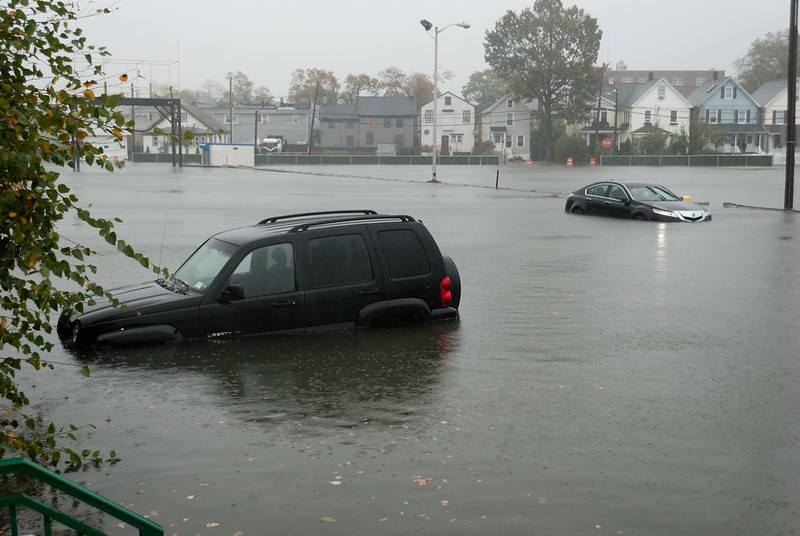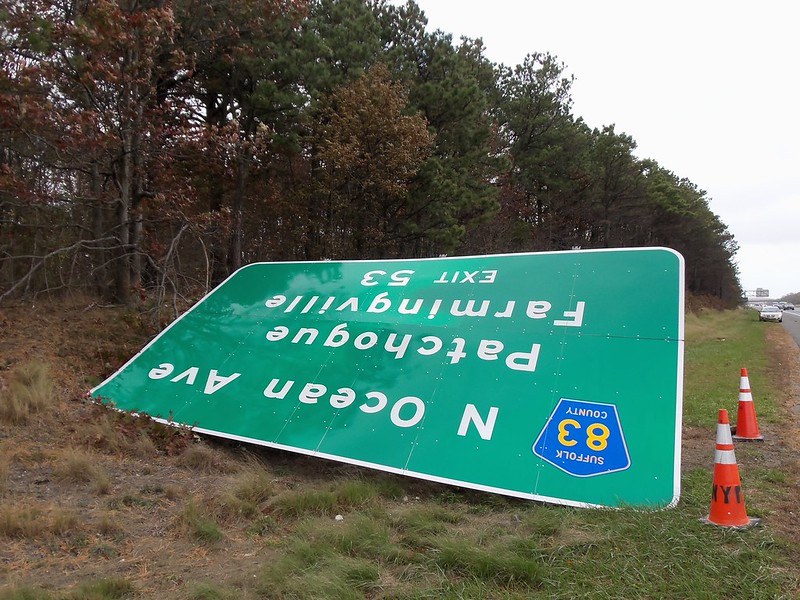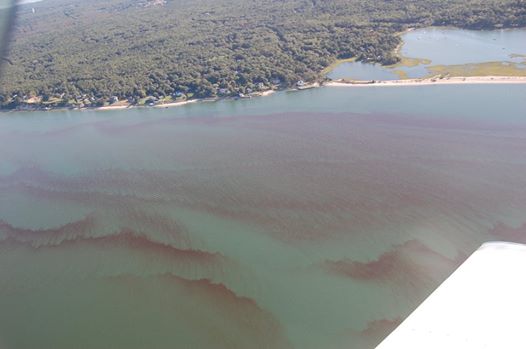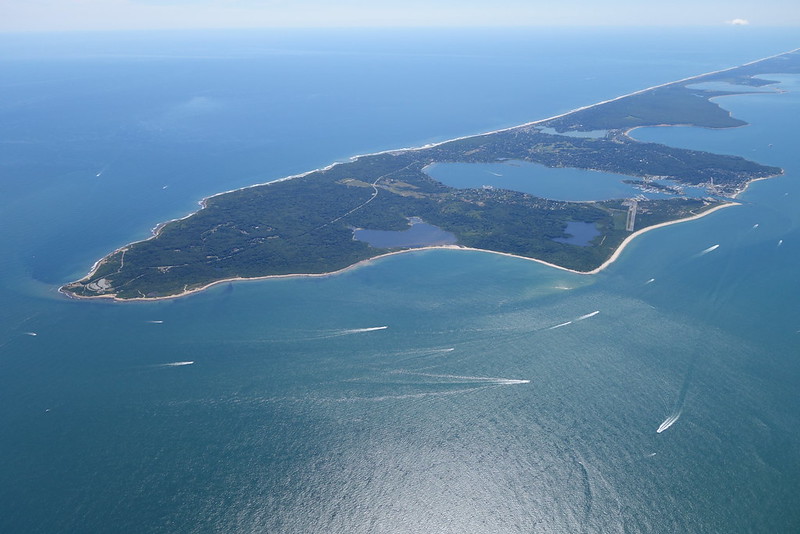Once upon a time, many of us dismissed the idea of human-caused climate change as a miniscule issue, or some denied it altogether. We’d often hear phrases from our political leaders like “We should be focused on magnificently clean and healthy air and not distracted by the expensive hoax that is global warming!” (Donald J. Trump, 2013) or “In case we have forgotten, because we keep hearing that 2014 has been the warmest year on record…do you know what this is? It’s a snowball just from outside here. So it’s very, very cold out.” (James Inhofe, 2015). However, our global climate crisis cannot get ignored any longer. For years, we’ve seen the terrible results of global climate change in areas of intense weather like the tropics or the arctic, but now we can see evidence of climate change right here on Long Island. As Long Islanders, we can expect to face several environmental problems as we continue to pump greenhouse gases into our atmosphere. Gone are the days where we can say “let the future generation deal with it.” Long Island is in trouble and the evidence stacks up.
Long Island Sea Level Rise
Global sea level rises as hot temperatures melt land glaciers into our waterways. Surrounded by water, Long Island especially faces intense concerns for sea level rise. In fact, information gathered by the National Oceanic and Atmospheric Administration (NOAA), shows a global average of an 8 inch sea level rise since 1880. In New York specifically, the sea level increase nearly doubles the global average, with a 13 inch sea level rise. The NOAA projects an average 4 foot rise in sea level by the year 2100. With screenshots from their interactive sea level rise map, we can see the Long Island areas at high risk for floods highlighted in turquoise.

Long Island Sea Level Today

4 ft Sea Level Rise on Long Island
Intense Hurricane Seasons
You may wonder what the global climate has to do with hurricane intensity, but they actually work hand-in-hand. When global atmospheric temperature rises, oceanic temperatures also rise. A hurricane forms when a weather disturbance, such as a thunderstorm, comes in contact with water of at least 80 degrees Fahrenheit. The warmer the water, the higher the intensity of the storm. Long Island witnessed the brutal Hurricane Sandy in 2012 that obliterated much of our coastline, flooded residents out of their homes, and left many without power. Hurricanes are just beginning, but with constant record-breaking temperatures, the east coast should stay prepared for more disasters like Superstorm Sandy.

Hurricane Sandy Floods

Hurricane Sandy Aftermath
Water Quality Impacts
Climate change is also exacerbating our local water quality impairments. While nitrogen pollution is the cause of the harmful algae blooms that plague Long Island’s waters all Summer long, warming water temperatures across Long Island causes these blooms to last longer and become more intense. In addition, warming temperatures across Long Island are causing local fisheries to retreat and/or collapse.

Rust Tide- Harmful Algae Bloom
If this evidence doesn’t scare you enough to advocate for climate action, then perhaps the consistent wildfires, droughts, and northern thawing permafrost do. Climate change is no longer an issue up for debate. It is real, and we’re seeing the results right here on Long Island. We need climate action now.
Climate petitions you can sign now: The Nature Conservancy, Green Peace, and Natural Resource Defense Council.
By Miranda Gonzales, Long Island Pine Barrens Society
Sources:
https://oceanexplorer.noaa.gov/facts/hurricanes.html


